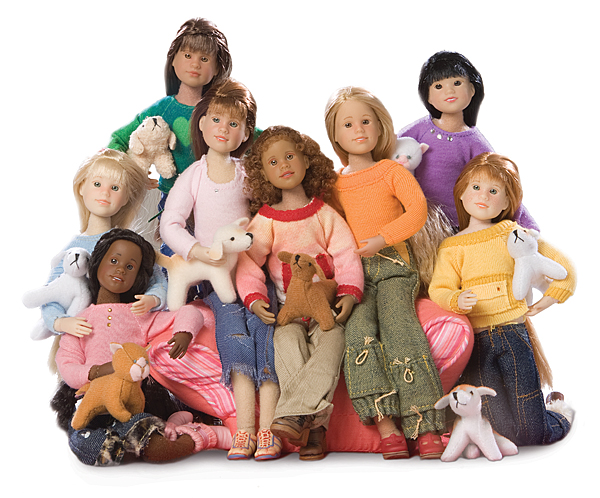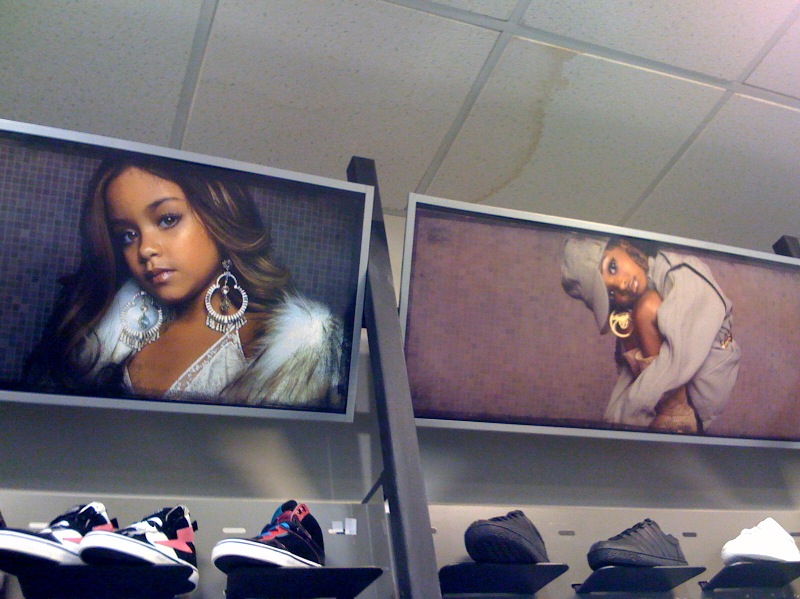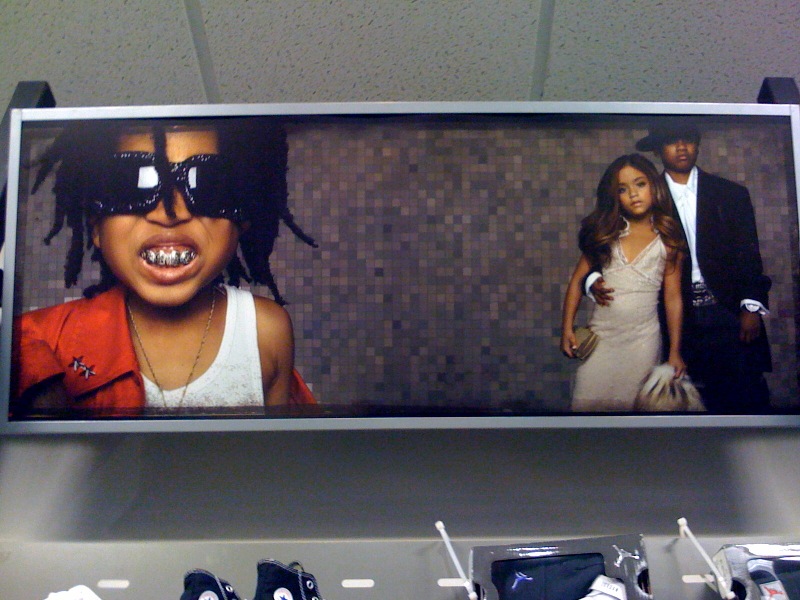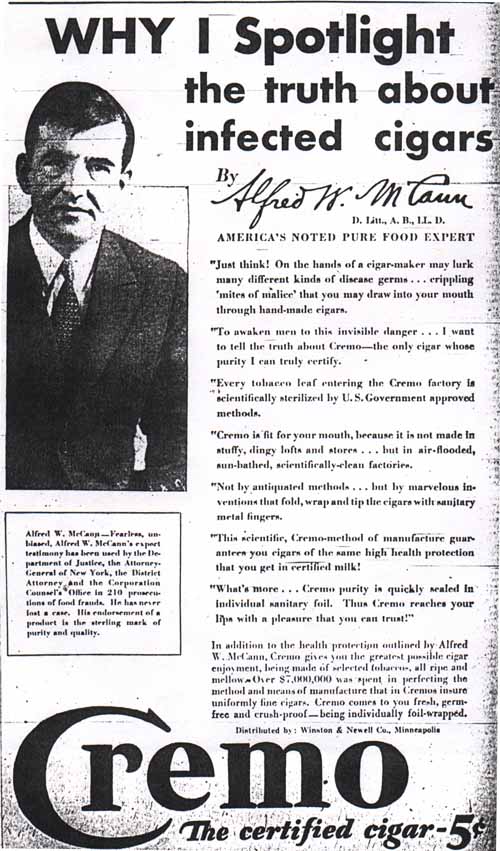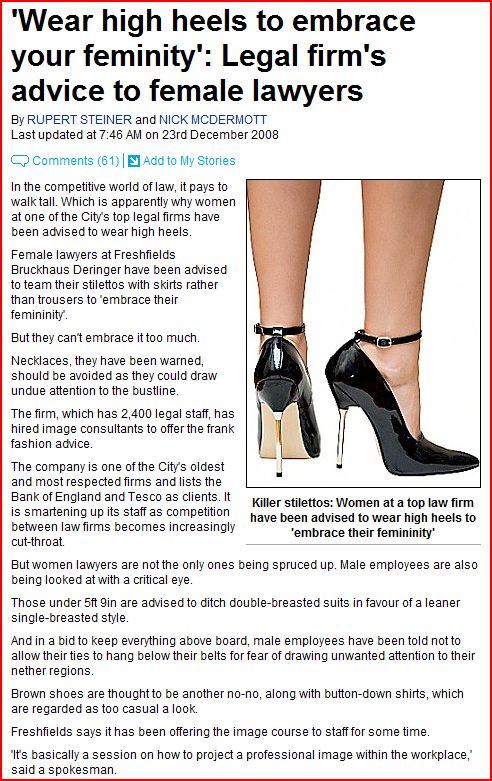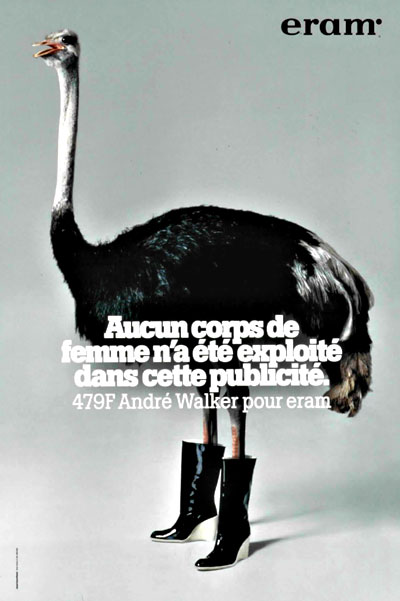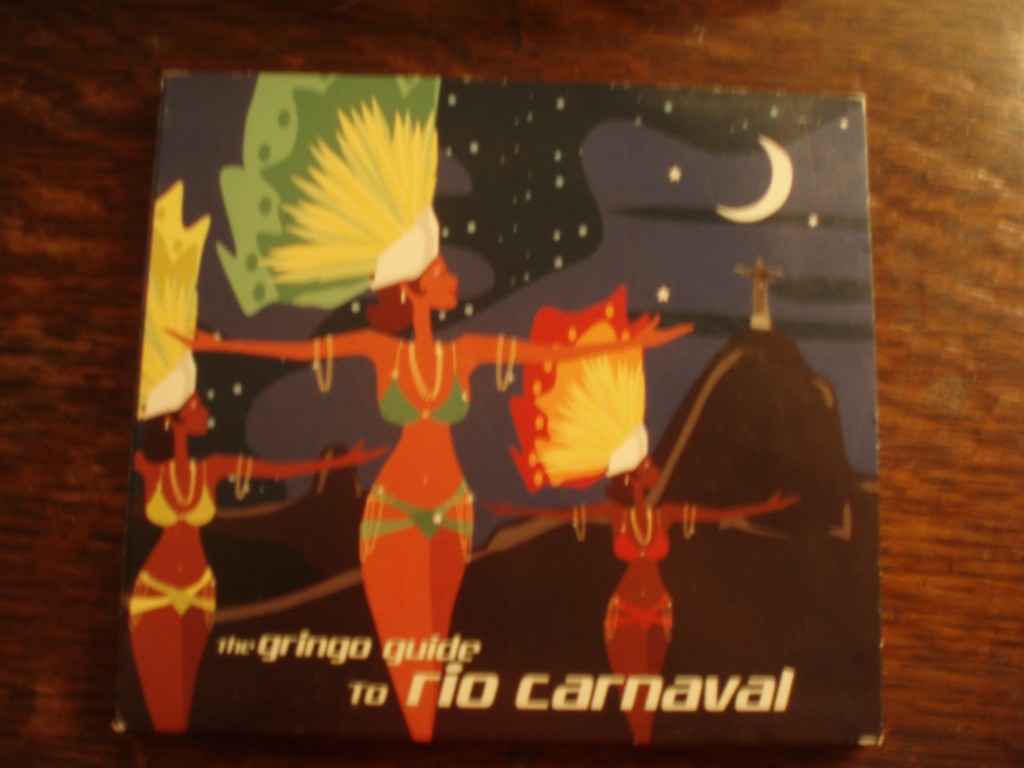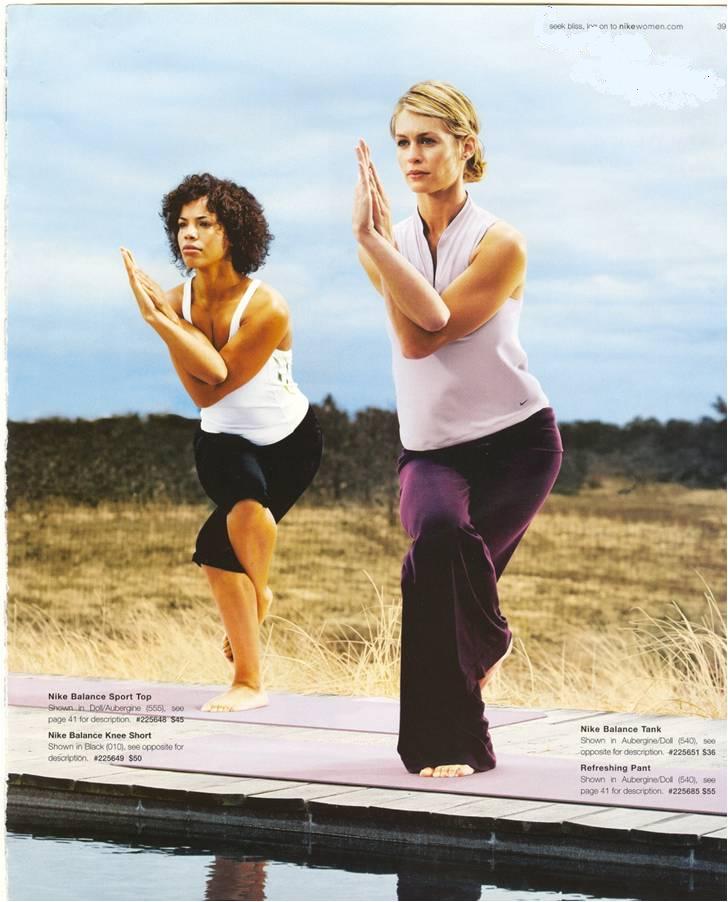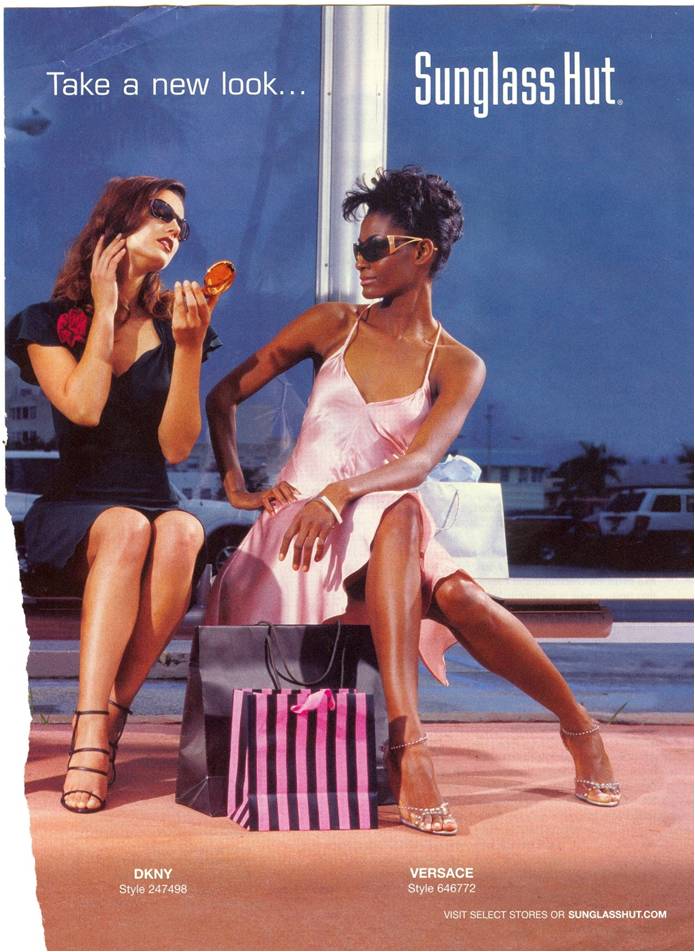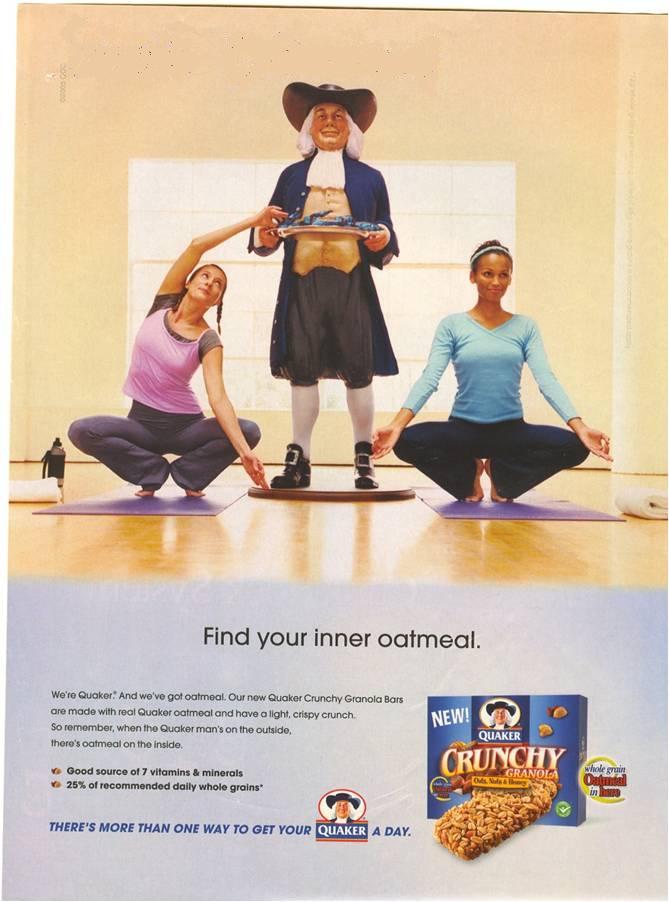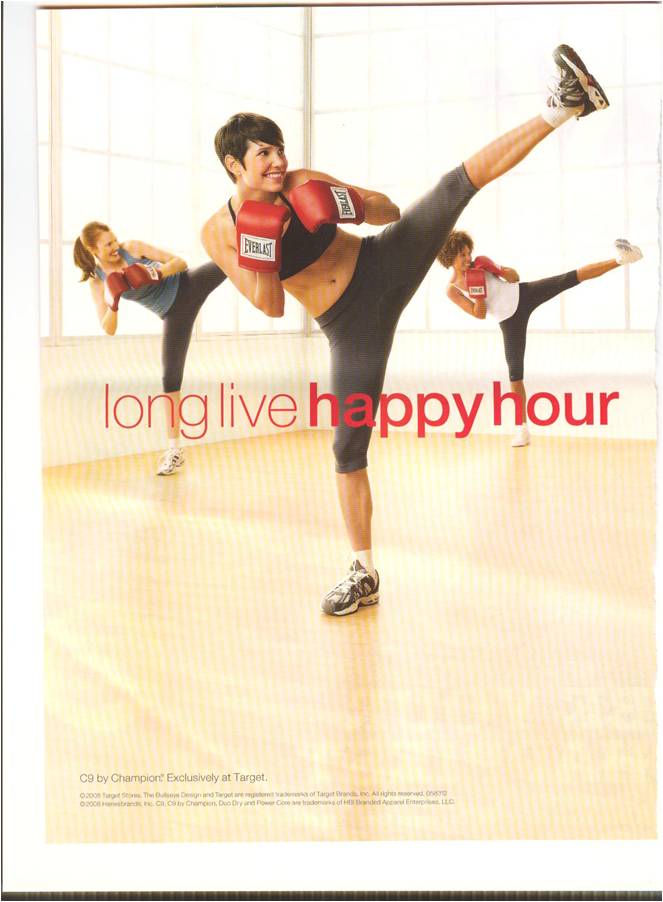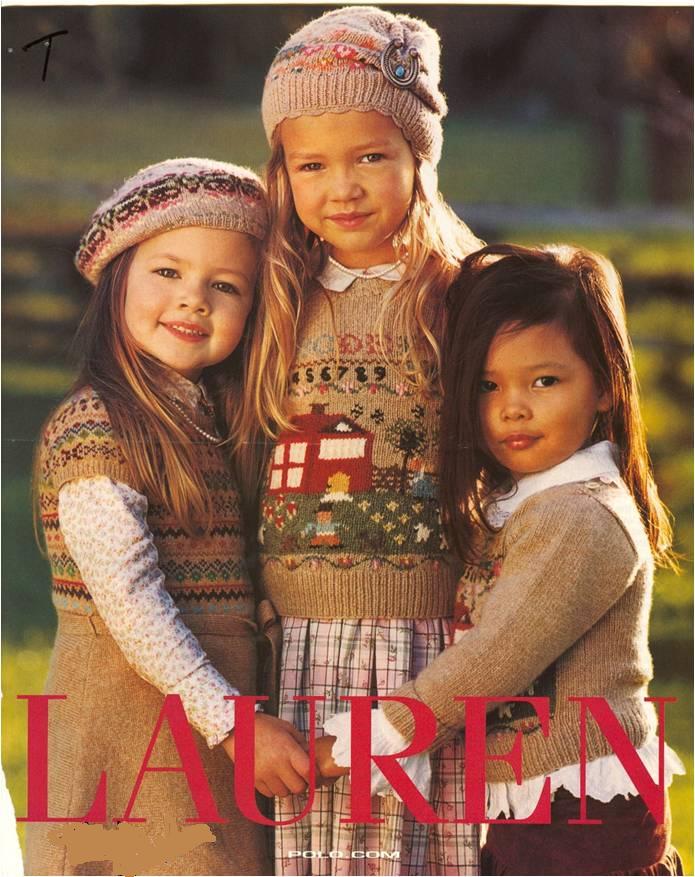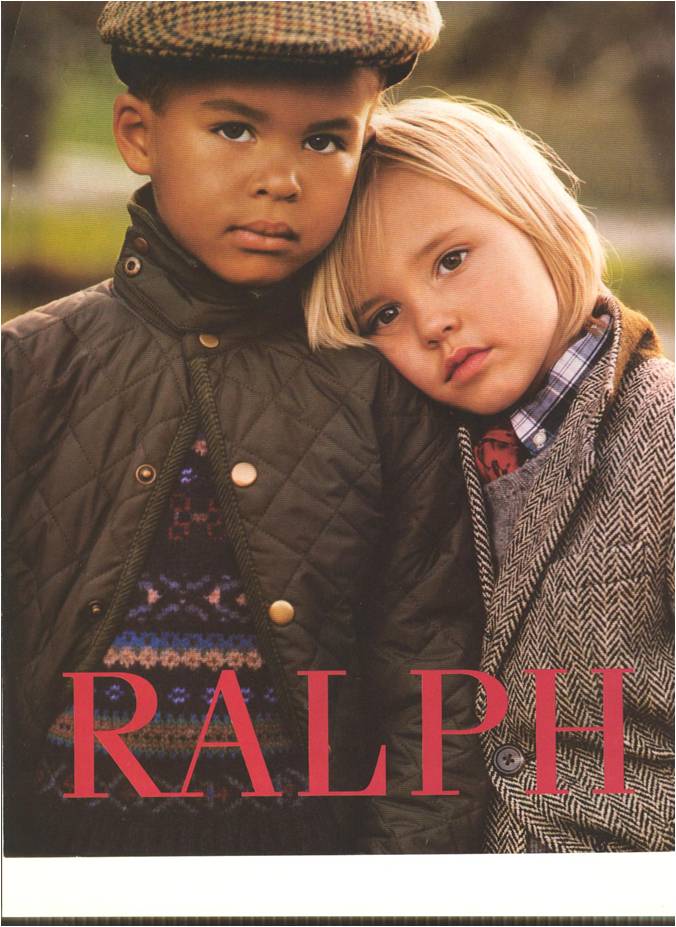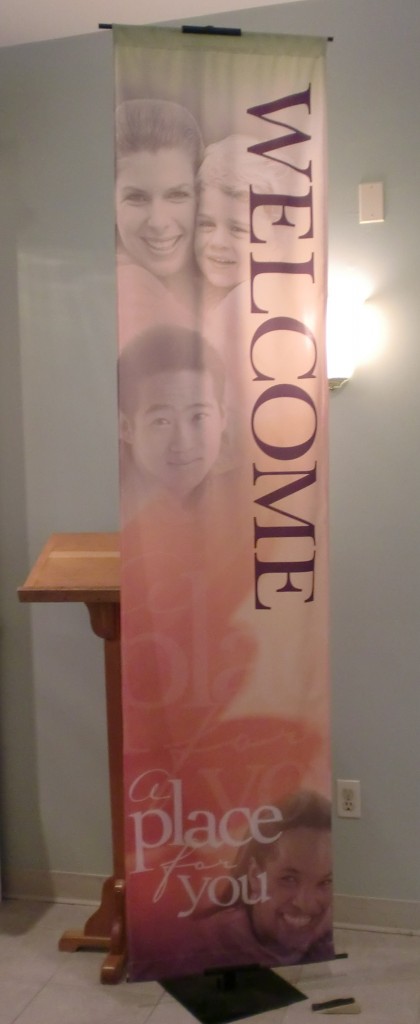
Text: “The Hunt Is On.”
A fashion spread (note the “safari” colors”):
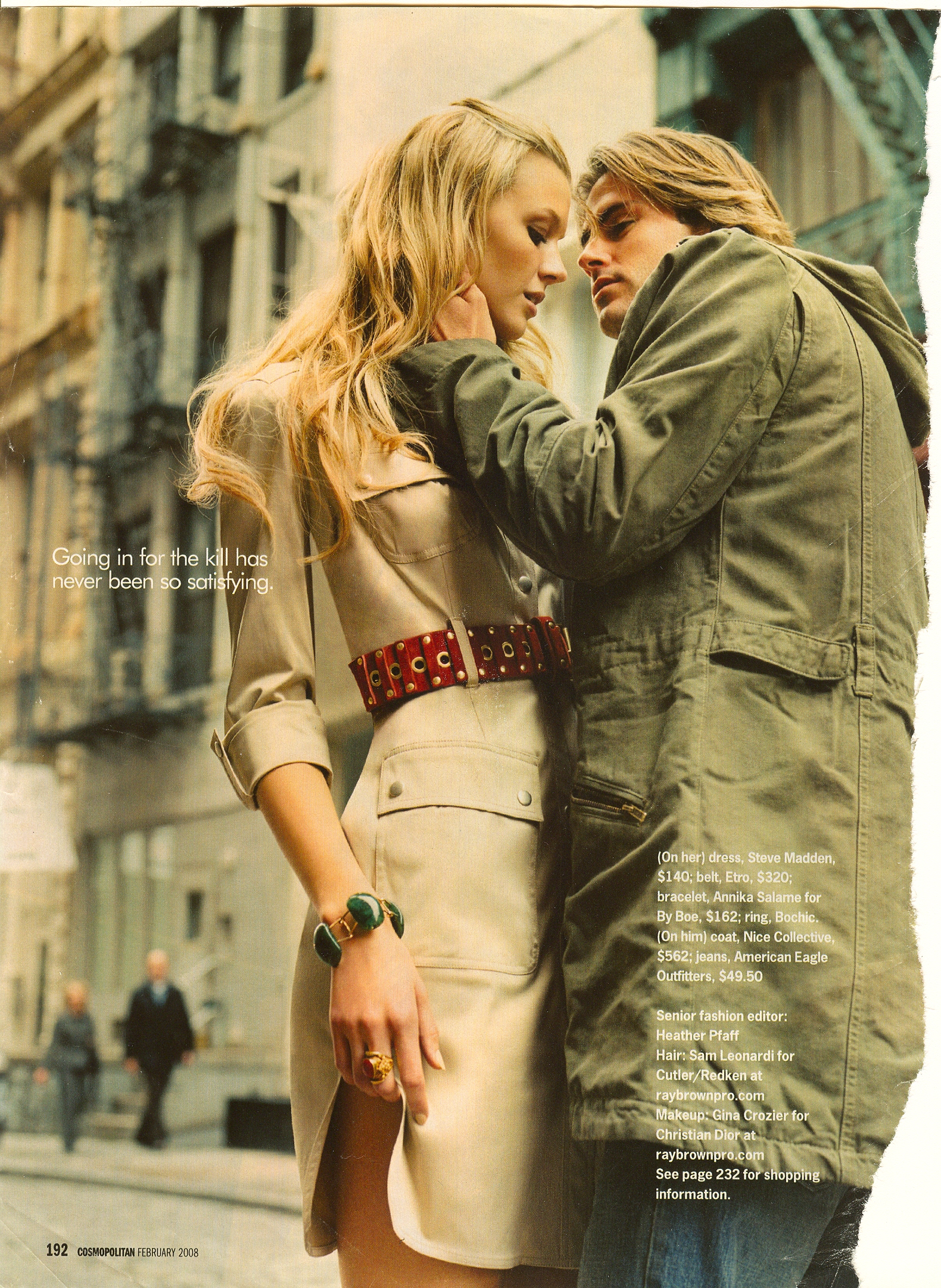
Other ads had the text: “Going in for the kill has never been so satisfying” and “Animal attraction is meant to be acted on.”
Text: “Her primal urges may be fulfilled, but he’s still hot on her trail.”
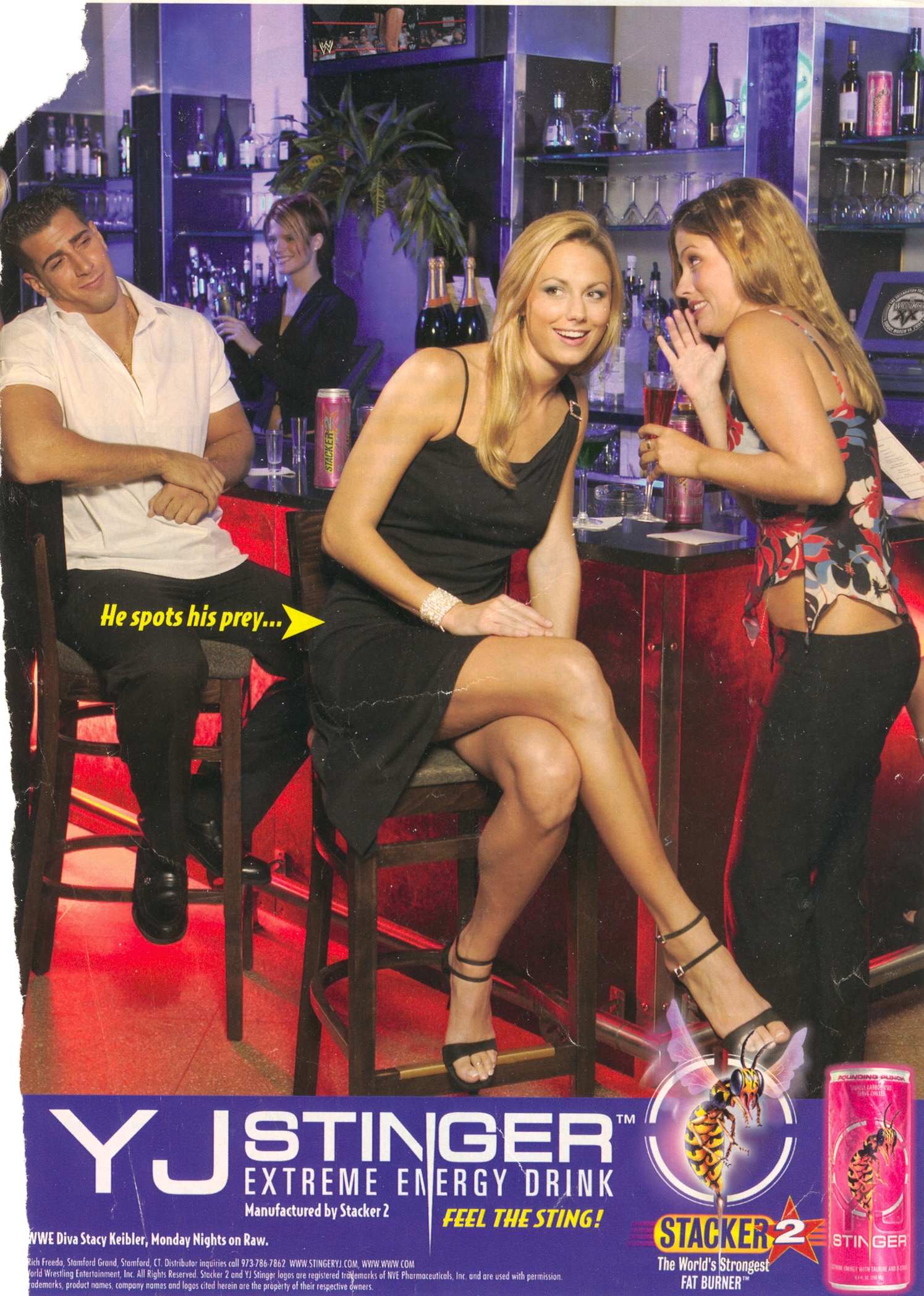
Text: “He spots his prey…”
Five-page ad for Dentyne: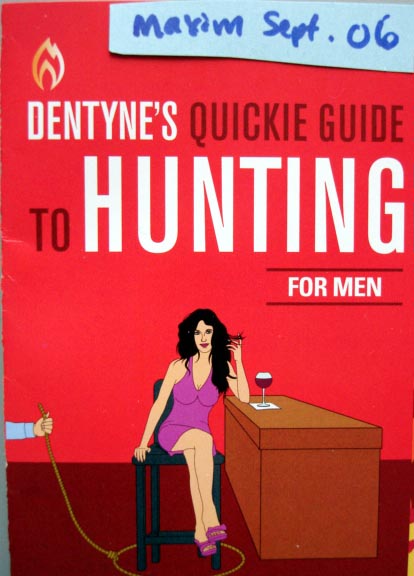
Text:
INTRODUCTION: Admit it, guys. No matter where you are, you’re thinking about it.
It’s okay. Ever since you were a cave dweller. Hunting has come naturally. But you won’t get anywhere with cave breath.
So aside from having a mouth that won’t scare her off, we’ve outlined some fundamental basics you’ll need to master when out on the hunt.
Let’s get started. Happy hunting.
THE SPECIES: First of all, you have to know what you’re hunting. Here are some common species you may encounter on your expeditions. Good luck.
THE CAREER GIRL: The one in a power suit with a cell phone attached to her ear, tends to be icy and dismissive but can be melted. Play your cards right and you will be a kept man. Habitat: Gym, high-end shoe stores, assertiveness-training classes.
THE HOT GIRL: Hot and know it. Will toy with you like a cat with a mouse (if she even notices you). Tame this one and you can write your own guide. Habitat: The market, the bus, living next door to your girlfriend.
Text:
THE EASY GIRL: Appearances vary, but the same willing soul resides within. A sure thing that can be a temporary boost to the ego. Habitat: Could be anywhere. Good chance you’ll spot her at happy hour.
THE TEASE: Easily mistaken for the easy girl, she’s anything but. Habitat: Anywhere.
THE CHATTY GIRL: You won’t recognize her until you say ‘Hi.’ Then it’s too late. To escape, fake getting a phone call and say you’ll be ‘right back.’ Habitat: Almost anywhere except a library.
THE BOHEMIAN ROCKER GIRL: Odds are she’s no musician. Just dresses like one. Look interested when she talks about all the ‘projects’ she has going on while not being an administrative assistant. Habitat: Used record stores, art museums, open mic night.
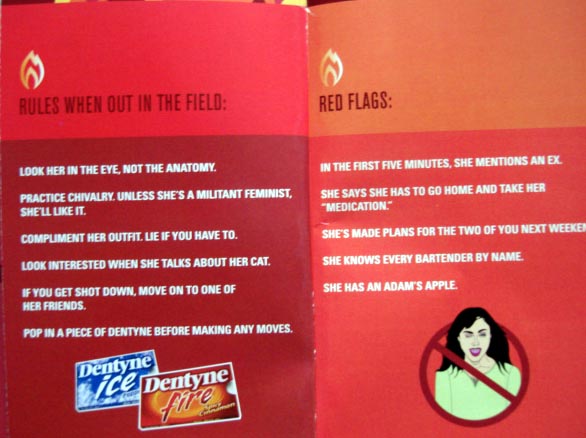
Text:
RULES WHEN OUT IN THE FIELD:
Look her in the eye, not the anatomy.
Practice chivaly. Unless she’s a militant feminist, she’ll like it.
Compliment her outfit. Lie if you have to.
Look interested when she talks about her cat.
If you get shot down, move on to one of her friends.
Pop in a piece of Dentyne before making any moves.
RED FLAGS:
In the first five minutes, she mentions an ex.
She says she has to go home and take her ‘medication.’
She’s made plans for the two of you next weekend.
She knows every bartender by name.
She has an adam’s apple.
Text:
THE ARSENAL:
Money (it never hurts).
Your own place. Living above mom and dad’s garage doesn’t count.
Perseverance, it’s tough out there.
Plenty of Dentyne gum.
These all remind me of an unfortunate Target billboard.
Thanks to my students who have brought these in over the years!
Lisa Wade, PhD is an Associate Professor at Tulane University. She is the author of American Hookup, a book about college sexual culture; a textbook about gender; and a forthcoming introductory text: Terrible Magnificent Sociology. You can follow her on Twitter and Instagram.

